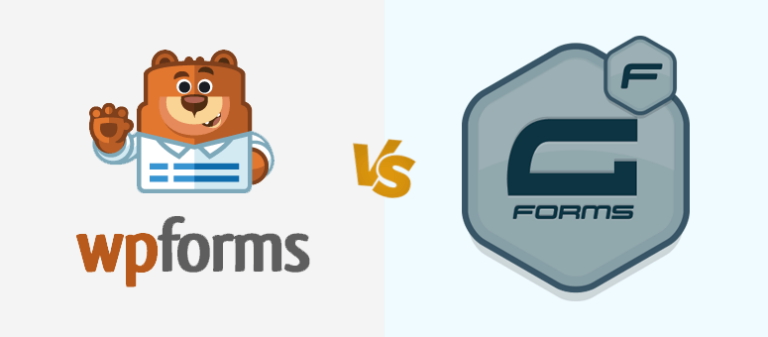Information and communication technology is progressing at a faster rate than ever before. Evolving digital technologies have changed the methods we study, interact, and conduct business and industry. The Internet has become a necessity in today’s world, from schooling to banking to online shopping. Furthermore, it has increased efficiency and accelerated our lives. Anyone, particularly in the business world, may now start their own online business for less money and reach out to a global audience. Since the emergence of eCommerce, the commercial sector has begun booming with small firms and online services.
Some people correlate the terms “eBusiness” and “eCommerce” with each other. However, they are not the same. eCommerce means the purchasing and marketing of goods over the web. On the other hand, eBusiness is distinct since it is not restricted to commercial transactions only. eBusiness includes some other services as well. These are two new ways of doing business that are becoming increasingly important as time goes on.
Days are gone when you need to go to the store to buy just one thing. Nowadays, all you have to do is place an order online, and the item will get delivered to you in a matter of minutes. Due to its ease and convenience, online buying is becoming increasingly popular. However, only two electronic networks, eCommerce, and eBusiness make it feasible.
Knowing about these two principles is beneficial if you seek to start or work closely with an internet-based organization. The following article illustrates the distinction between eCommerce Vs eBusiness.
Table of Contents
ToggleWhat Is eCommerce?

eCommerce refers to purchasing, selling, trading, ordering, and paying for commodities and services over the web. In this way, the vendor can easily interact with the customer. eCommerce models vary greatly and might incorporate a variety of sales types This is why it is important to carefully examine all eCommerce models with examples before choosing any of them. Many street-side shops have adapted to eCommerce since the 1990s and are now directing customers to their websites.
Internet banking, online shopping, online ticket reservation, and social networking are real-world applications of eCommerce.
A website is a necessary component of eCommerce. The web gets used for marketing, advertising, selling, and transacting. eCommerce alludes to any monetary transaction conducted via the use of electronic media.
The four primary eCommerce models that explain any transaction between a business and a consumer are listed below.
1. Business-to-Business
This form of eCommerce includes buying and selling commodities and services between two businesses. For example, the B2B model is frequently used to define the interaction between a manufacturer and a retailer that sells things to the final consumer.
2. Business-to-Consumer
It is the procedure by which a company sells its products to customers. It is the first and most widespread form of eCommerce in the business model. According to statistics, the B2C eCommerce market has the highest market share in the sector.
3. Consumer-to-Consumer
It refers to a business transaction between two customers. The market maker’s job is to create a catalog that satisfies search engine parameters, pricing, and sales transactions, allowing products to get found and purchased quickly.
4. Consumer-to-Business
It is a business model that promotes transactions between a consumer and a business entity. C2B’s primal purpose is to assist individuals in selling a product or service to a business. As a result, business firms benefit from low costs in C2B, while consumers benefit from the market’s transaction flexibility.
What Is eBusiness?

Electronic business, or eBusiness, refers to a company’s online presence. It is the process of conducting business using various sorts of online work. eCommerce is one of the vital aspects of eBusiness, but it is not a necessary component. eBusiness is concerned with online transactions and helps to streamline business activities. It helps in manufacturing, transportation, customer support, marketing, and sales.
eCommerce isn’t only about buying and selling stuff. It also encompasses other business-related operations such as providing customer support, engaging with staff, etc. Moreover, it uses the power of online technology to extend an organization’s reach beyond its physical boundaries, hence increasing the efficiency of corporate operations. Modern enterprises, non-profits, governments, and other institutions use information and communications technology. They do this to boost productivity, minimize costs, and enable fast business growth.
There are two main types of eBusiness models: pure-play and bricks-and-clicks.
1. Pure Play
It is a term coined by investors to describe businesses that cater to a specific product or industry. However, as more participants enter the digital realm, economists use the word to refer to enterprises that conduct through electronic means.
2. Bricks-and-Clicks
It is a business concept that relies on online-offline interaction between eCommerce and a typical retail store. Companies with a “click-and-mortar” exploit their physical and virtual presence to stay afloat in both sectors.
Face-to-face interaction enables these companies to cultivate close relationships with their clients. It, in return, boosts their online visibility.
What Are The Key Differences between eCommerce and eBusiness
- ICT is used in eCommerce to allow for the digital execution of commercial connections between suppliers and customers. eBusiness applies ICT to improve the speed and financial productivity of business processes.
- eCommerce describes an eBusiness that has a brick-and-mortar presence and an online store.
- eCommerce constrains the use of an online shopping website to sell products and services. For a firm to run efficiently, it must successfully combine online transaction processing, CRM, Internet marketing, electronic data interchange, and other powerful tools.
- The Internet is used in eCommerce to increase operational efficiency. Whereas the Internet, Intranet, and Extranet get used in eBusiness.
- Customers, suppliers, distributors, and other stakeholders are all included in the extroverted approach of eCommerce. eBusiness has an ambivert strategy. It comprises both internal and external activities.
Conclusion on eCommerce Vs eBusiness
We’ve reached the end of our comprehensive guide, and we hope it has provided you with some information about the eCommerce sector. Furthermore, ambiguous objectives often lead to the creation of flawed business models and, as a result, failed initiatives. You must understand the difference between eCommerce and eBusiness to ensure the success of your project. Before deciding between eCommerce and eBusiness, make sure you do your study. Try to analyze all of the vital differences outlined above.
Interesting Read:
10 Essential BuddyPress plugins For a Community Website
The Best Premium WordPress BuddyPress Themes
Useful Hacks And Customizations For Your BuddyPress Powered Website Via Reign Theme








